In the digital age, where attention spans are fleeting and competition for engagement is fierce, crafting compelling narratives through web design has become not just an art, but a necessity. Your website is more than just a digital storefront; it’s a portal into your brand’s identity, values, and story. Through strategic design choices, from layout and typography to imagery and color palette, you have the power to captivate visitors and guide them on a journey that resonates with them on a deeper level. Effective storytelling through web design goes beyond merely presenting information—it creates an immersive experience that connects with your audience emotionally and intellectually. By weaving together elements of storytelling—such as character development, conflict resolution, and thematic coherence—within the framework of your website, you can cultivate a memorable and impactful user experience that leaves a lasting impression. Join us as we delve into the art of crafting compelling narratives through web design, exploring techniques and strategies to help you forge meaningful connections with your audience in the digital realm.
Unveiling the Power of Storytelling in Web Design: How to Craft Compelling Narratives
In the ever-evolving landscape of web design, one element remains timeless and indispensable: storytelling. Stories have an innate ability to captivate, engage, and evoke emotions. When effectively incorporated into web design, narratives have the power to transform a mere website into an immersive experience, leaving a lasting impression on visitors. In this article, we will delve into the art of crafting compelling narratives through web design. From understanding the fundamentals of storytelling to implementing narrative techniques effectively, we will uncover the secrets to creating memorable online experiences that resonate with your audience.
The Fundamentals of Storytelling in Web Design
At the heart of every compelling narrative lies a strong foundation built upon the fundamentals of storytelling. Whether it’s a brand’s origin story, a customer testimonial, or a product journey, understanding the core elements of storytelling is essential. Start by defining your narrative’s protagonist, setting, conflict, and resolution. By establishing a clear structure, you can guide your audience through a cohesive and engaging narrative journey.
Understanding Your Audience
Effective storytelling begins with a deep understanding of your audience. Take the time to research and analyze your target demographic’s preferences, interests, and pain points. By empathizing with your audience, you can tailor your narrative to resonate with their emotions and experiences. Consider conducting surveys, interviews, and usability tests to gain valuable insights into your audience’s needs and desires.
Eliciting Emotions Through Narrative Design
Emotions are the currency of storytelling. Whether it’s joy, sadness, excitement, or nostalgia, emotions have the power to forge deep connections with your audience. In web design, leverage visual elements, color schemes, typography, and multimedia to evoke specific emotions that align with your narrative. By creating an emotional resonance, you can foster a memorable and impactful user experience.
Crafting a Seamless User Journey
A compelling narrative should guide users through a seamless journey that flows effortlessly from one page to the next. Pay close attention to the user experience (UX) design principles, such as intuitive navigation, clear calls-to-action, and consistent branding. Design each interaction with purpose, ensuring that every element contributes to the overarching narrative and enhances the user’s journey.
Leveraging Interactive Storytelling Techniques
Interactive storytelling offers a dynamic and immersive way to engage your audience. Incorporate interactive elements such as quizzes, surveys, animations, and scroll-triggered effects to enhance user engagement and participation. Encourage users to actively participate in the narrative, empowering them to shape their own storytelling experience.
The Psychology Behind Effective Web Design Narratives: Understanding User Engagement
In the realm of web design, understanding the intricacies of human psychology is paramount to creating compelling and engaging user experiences. From color choices to typography and narrative structure, every element of a website has the potential to influence user behavior and perception. In this article, we will delve into the psychology behind effective web design narratives, exploring how various psychological principles shape user engagement and interaction. By gaining insight into the cognitive processes and emotional triggers that drive user behavior, you can harness the power of psychology to create websites that resonate deeply with your audience.
Cognitive Load and Information Processing
Cognitive load refers to the amount of mental effort required to process information. In web design, minimizing cognitive load is essential for facilitating smooth user interactions. Simplify navigation, streamline content, and use clear visual cues to guide users through the website. By reducing cognitive strain, you can enhance usability and improve overall user engagement.
Gestalt Principles and Visual Perception
Gestalt principles describe how humans perceive and organize visual information. By leveraging principles such as proximity, similarity, and closure, web designers can create cohesive and intuitive layouts that facilitate seamless navigation and comprehension. Align elements strategically, use whitespace effectively, and maintain visual hierarchy to enhance user perception and engagement.
Emotional Design and User Experience
Emotions play a significant role in shaping user experiences and behaviors. Incorporate emotive elements such as color, imagery, and language to evoke specific emotions and connect with users on a deeper level. Whether it’s delight, trust, or nostalgia, leveraging emotional design can foster positive associations and encourage prolonged engagement with the website.
Social Proof and Persuasion Techniques
Social proof refers to the phenomenon where people tend to follow the actions of others when making decisions. Incorporate social proof elements such as testimonials, reviews, and user-generated content to establish credibility and influence user behavior. By showcasing positive social cues, you can persuade users to engage with your website and take desired actions.
Scarcity and Urgency in Call-to-Actions
Scarcity and urgency are powerful psychological triggers that compel people to act quickly. Utilize scarcity tactics such as limited-time offers, countdown timers, and low stock notifications to create a sense of urgency and drive conversions. By tapping into users’ fear of missing out (FOMO), you can motivate them to engage with your call-to-actions and seize the opportunity.
Navigating Challenges: Overcoming Common Pitfalls in Narrative Web Design
While narrative web design offers immense potential for engaging users and conveying compelling stories, it also presents unique challenges. In this article, we’ll explore some common pitfalls in narrative web design and strategies to overcome them, ensuring that your storytelling efforts captivate and resonate with your audience.
- Lack of Clarity: Ensure your narrative is clear and concise, avoiding ambiguity that can confuse users. Use straightforward language and intuitive navigation to guide users through the story effortlessly.
- Inconsistent Branding: Maintain consistency in branding elements such as colors, fonts, and imagery throughout your narrative. This fosters brand recognition and reinforces your messaging, enhancing the overall user experience.
- Overcomplicated Storylines: Keep your narrative simple and focused, avoiding unnecessary complexity that can overwhelm or distract users. Streamline your story to convey key messages effectively and maintain user engagement.
- Ignoring User Feedback: Regularly solicit feedback from users to identify pain points and areas for improvement in your narrative design. Incorporate user insights to refine your storytelling approach and enhance user satisfaction.
Conclusion
Crafting compelling narratives through web design is not merely about aesthetics; it’s about creating an immersive experience that captivates and engages visitors. By seamlessly weaving together visual elements, user experience, and storytelling, businesses can leave a lasting impression on their audience and drive meaningful connections. Whether it’s through evocative imagery, intuitive navigation, or strategic content placement, every aspect of web design plays a crucial role in shaping the narrative and reinforcing the brand identity.
At Rank Fortress, we understand the power of storytelling in web design, and we’re dedicated to helping businesses harness this power to achieve their goals. From concept to execution, our team of experts works tirelessly to create custom-tailored solutions that resonate with audiences and drive results. Contact us today at (904) 770-5783 to learn more about how we can transform your online presence through compelling narratives and innovative web design strategies.

